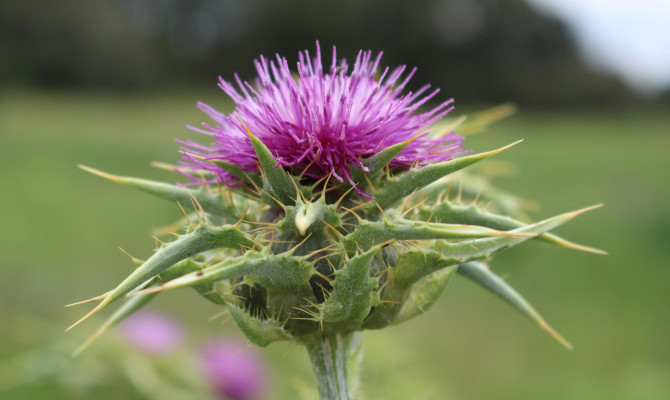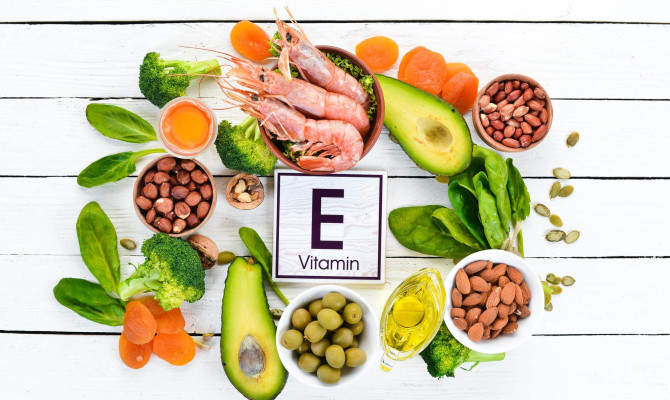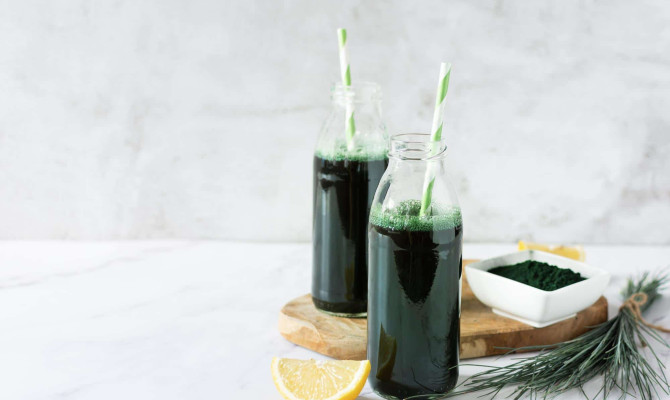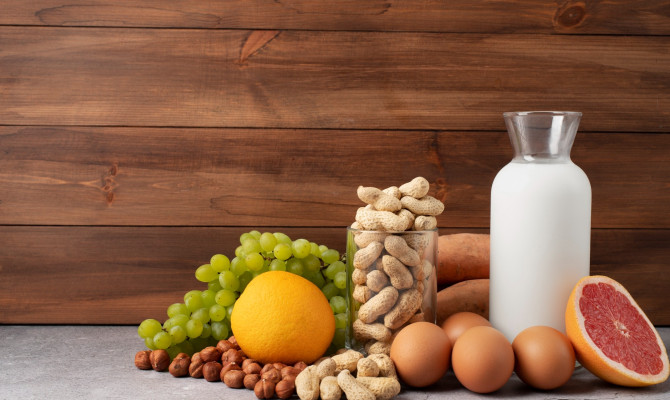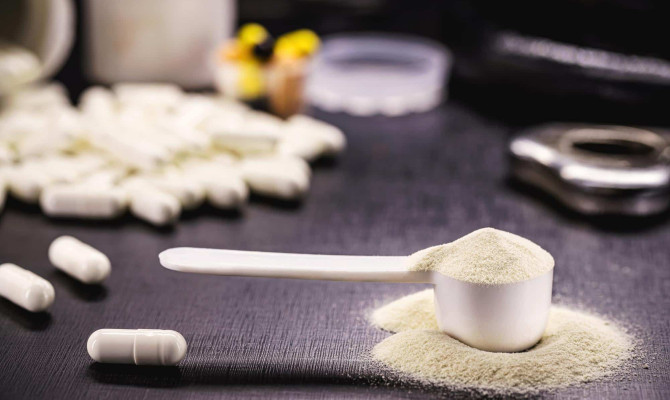Lavender and its health benefits

- Lavender
- 16 Aug 2023
Overview
What is Lavender?
The popular flowering plant lavender, scientifically known as Lavandula, is a native of the Mediterranean region.
It is manufactured and eaten globally for a variety of purposes. There is information to learn about lavender, whether you are an expert who wants to learn more or a beginner who is interested in the exciting plant. 1Overview| Researched based study from Nlm.nih.gov

Key Facts
- It is a member of the mint family, along with other herbs including rosemary, oregano, and thyme.
- The Latin word “lavare,” which means “to wash,” is the source of the English word “lavender.” Because of its calming and purifying effects, the Romans used it is in their bathwater.
- It was used for both mummification and perfume in ancient Egypt.4Overview| Researched based study from Nccih.nih.gov
- Lavender was utilized to prevent the Black Death throughout the Middle Ages because it was thought to have antibacterial qualities.4Overview| Researched based study from Nccih.nih.gov
- It is believed to relax the nervous system and benefit stress and anxiety.2Overview| Researched based study from Nlm.nih.gov
Forms
What are the various forms of lavender, and how to use it?
Lavender essential oil
- One of the most common types is this one, made from flowers via steam distillation; it can be infused into massage oils, added to bathwater, or diffused aroma to promote relaxation in an area.7Forms| Researched based study from Nlm.nih.gov ,8Forms| Researched based study from Nlm.nih.gov
Dry Lavender
- It is produced by drying the flowers, and cooking frequently uses it. Tea may be brewed using it as well.
Fresh Lavender
- It is used in baking and cooking, especially for sweets. Additionally, it can be used to make vinegar or honey.8Forms| Researched based study from Nlm.nih.gov
Lavender Hydrosol
- This essential oil distillation procedure residue is the mild, aromatic water that may be used as a body spray, face toner, or bath additive8Forms| Researched based study from Nlm.nih.gov ,9Forms| Researched based study from Nlm.nih.gov
Functions
Functions of lavender
Aromatherapy
- The essential oil is a favorite for aromatherapy because of its well-known calming and sedating qualities.1Functions| Researched based study from Nlm.nih.gov
Medicinal
- It’s a vast medical history dates back to the dawn of humanity. Since it is believed to have anti-septic and anti-inflammatory properties, it can be used to treat severe burns, insect bites, and other skin irritations.
Cooking
- It may be used in various culinary recipes, from sweet to savory, and has a sweet, flowery flavor. Lemon, honey, and other herbs like rosemary and thyme go well with it.3Functions| Researched based study from Nlm.nih.gov
Beauty and cosmetics
- It is widely used in shampoos, lotions, and other cosmetic and aesthetic goods. Acne, eczema, and other skin diseases can benefit from its antibacterial and antifungal qualities.
Household and cleaning
- It may be used as a natural air freshener or to add a few drops of essential oil to your laundry to refresh the air in your house. As a result of its inherent antibacterial qualities, it may also be used as a cleaning agent.
Health benefits
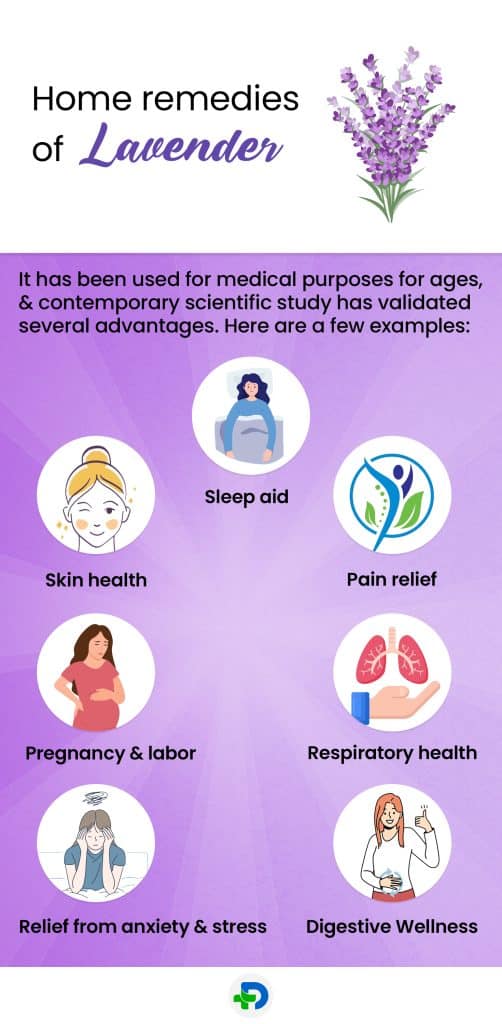
Health benefits of lavender
It has been used for medical purposes for ages, and contemporary scientific study has validated several advantages. Here are a few examples:
Relief from anxiety and stress
- Its essential oil is renowned for relaxing and has been proven to help individuals feel less stressed and anxious. It can be used topically or in aromatic therapy to promote relaxation.1Health Benefits| Researched based study from Nlm.nih.gov
Sleep aid
- There is evidence that it helps people have better sleep and experience less insomnia. It is a popular option for people who have trouble falling asleep because of its calming effects, which may promote better sleep.1Health Benefits| Researched based study from Nlm.nih.gov
Pain relief
- It can lessen pain and inflammation since it has natural analgesic effects. It has been shown to ease headaches, menstrual cramps, and other aches and pains.8Health Benefits| Researched based study from Nhs.uk
Pregnancy and labor
- Lavender oil is one of the most acceptable oils, according to midwives who have been trained to use it during labor and delivery. It has painkilling, anti-inflammatory, calming, and relaxing properties, lowers tension and anxiety, and might aid with perineal pain.8Health Benefits| Researched based study from Nhs.uk
Respiratory health
- Colds and coughs, among other respiratory conditions, have been treated with it. Because of its anti-inflammatory qualities, breathing may be more accessible by reducing respiratory system inflammation.
Skin health
- It successfully treats skin conditions, including eczema, psoriasis, and acne. It can also be used to speed up healing and minimize the appearance of scars.
Digestive Wellness
- It has been employed to treat digestive issues like gas, bloating, and nausea. Better digestive health may result from reducing inflammation in the digestive tract.1Health Benefits| Researched based study from Nlm.nih.gov
Precautions
Precautions to be taken before use
When taken in moderation, lavender is usually considered harmless, but like any drug, it can negatively affect certain people. Before using lavender, you should follow these safety precautions:
Allergies
- You may also be sensitive to lavender if you have allergies, particularly to plants in the Lamiacea family (including mint, sage, and rosemary).
- A patch test should always be performed to check for a response.11Precautions| Researched based study from tisserandinstitute.org
Breastfeeding and Pregnancy
- It is advised to avoid it during these periods because there is insufficient evidence of its safety in pregnant and breastfeeding women.4Precautions| Researched based study from Nccih.nih.gov
Dilute correctly
- Before applying an essential oil to your need to properly dilute it, undiluted oils can adversely affect the skin and other organs.4Precautions| Researched based study from Nccih.nih.gov
Quality
- Always buy lavender products of the highest caliber from reliable vendors. Products of low quality may be contaminated or be deficient in the essential active ingredients.6Precautions| Researched based study from Cdc.gov
For children
- Children could be more sensitive to essential oils and other compounds than adults. It is typically advised to take caution and avoid using essential oils on newborns younger than three months old.
- It needs to be diluted with a carrier oil (such coconut or jojoba) to prevent irritating the skin.
- To avoid unintentional consumption, use a small quantity for inhalation.5Precautions| Researched based study from Science direct
Side effects
Side effects
Skin irritation
- Undiluted lavender oil used straight to the skin can imitate it and make it red and itchy. Before applying lavender oil to the skin, dilute it with carrier oil.
Allergic responses
- Lavender allergies can cause symptoms including hives, wheezing, and swelling of the cheeks, lips, tongue, or throat in some people.
Nausea and diarrhea
- It may cause nausea, vomiting, and stomach distress. Consuming essential oils is necessary only if a healthcare expert is supervising you.
Headache
- Although it’s frequently used to treat headaches, it can occasionally worsen them or trigger migraines.2Side effects| Researched based study from Nlm.nih.gov
Effects of hormones
- It includes substances that might mimic estrogen and cause some people’s hormonal balance to become unbalanced.
Drowsiness
- When administered in large quantities, it has a calming effect and might make you drowsy.2Side effects| Researched based study from Nlm.nih.gov
Interactions
Interaction with medicines
There are potential interactions with medicines that you should be aware of:
Sedative medicines
- It could intensify the sedative effects of drugs, including benzodiazepines, barbiturates, and sleep aids. If you are taking any of these, speaking with your doctor before using lavender is crucial.10Interactions| Researched based study from Sciencedirect.com
Blood thinning drugs
- It is not advised to combine it with medications with the same properties, such as aspirin or warfarin, since it may have blood-thinning effects.12Interactions| Researched based study from Nlm.nih.gov
Antidepressants
- It may interact with antidepressants like selective serotonin reuptake inhibitors and have adverse effects like sleepiness more likely.10Interactions| Researched based study from Sciencedirect.com
Hormone therapies
- It may have estrogenic effects, and using it with hormone therapies, such as birth control pills or hormone replacement, is not recommended.
Diabetes
- It may lower blood sugar levels, and taking it with anti-diabetic medications is not recommended, as it may increase the risk of hypoglycemia.13Interactions| Researched based study from Nlm.nih.gov
Takeaway
Key Takeaways
- With a long history of usage, lavender is a popular and versatile herb.
- It’s necessary to keep in mind that you should always test a tiny amount before taking it often because some individuals may be allergic.
- Overall, it’s a valuable and attractive herb that may enhance your life with joy, relaxation, and a dash of natural beauty.
Any feedback on this article?
 This Articles content was accurate
This Articles content was accurate Very Informative Article
Very Informative Article I have a question or a comment
I have a question or a comment
 This article contains inaccurate content
This article contains inaccurate content This article was not helpful
This article was not helpful I have a question or a comment
I have a question or a comment
We appreciate your helpful feedback!
Checkout our social pages
References
-
National Library of Medicine
Lavender and the Nervous System | Overview | Health Benefits | Functions
-
National Library of Medicine
Cytotoxicity of lavender oil and its major components to human skin cells | Side effects | Overview
-
National Library of Medicine
Effects of Lavender on Anxiety, Depression, and Physiological Parameters: Systematic Review and Meta-Analysis | Functions
-
National Center for Complementary and Integrative Health
Lavender | Overview | History | Precautions
-
Science Direct
Prevalence of endocrine disorders among children exposed to Lavender Essential Oil and Tea Tree Essential Oils | Precautions
-
Centers for Disease Control and Prevention
Source Implicated in Fatal Case in Georgia: Multistate Outbreak of Non-travel Associated Burkholderia pseudomallei Infections (Melioidosis) in Four Patients: Georgia, Kansas, Minnesota, and Texas–2021 | Precautions
-
National Library of Medicine
Chemical Profile, In Vitro Biological Activity and Comparison of Essential Oils from Fresh and Dried Flowers of Lavandula angustifolia L. | Forms
-
National Health Service
Aromatherapy and massage during labour and birth | Health Benefits
-
Natural Remedies
LAVENDER | Uses | Forms
-
Science Direct
Lavender | Interactions
-
TISSERAND INSTITUTE
Irritation and allergic reactions | Precautions
-
National Library of Medicine
Updates on the Clinical Evidenced Herb-Warfarin Interactions | Interactions
-
National Library of Medicine
Interactions between antidiabetic drugs and herbs: an overview of mechanisms of action and clinical implications | Interactions












